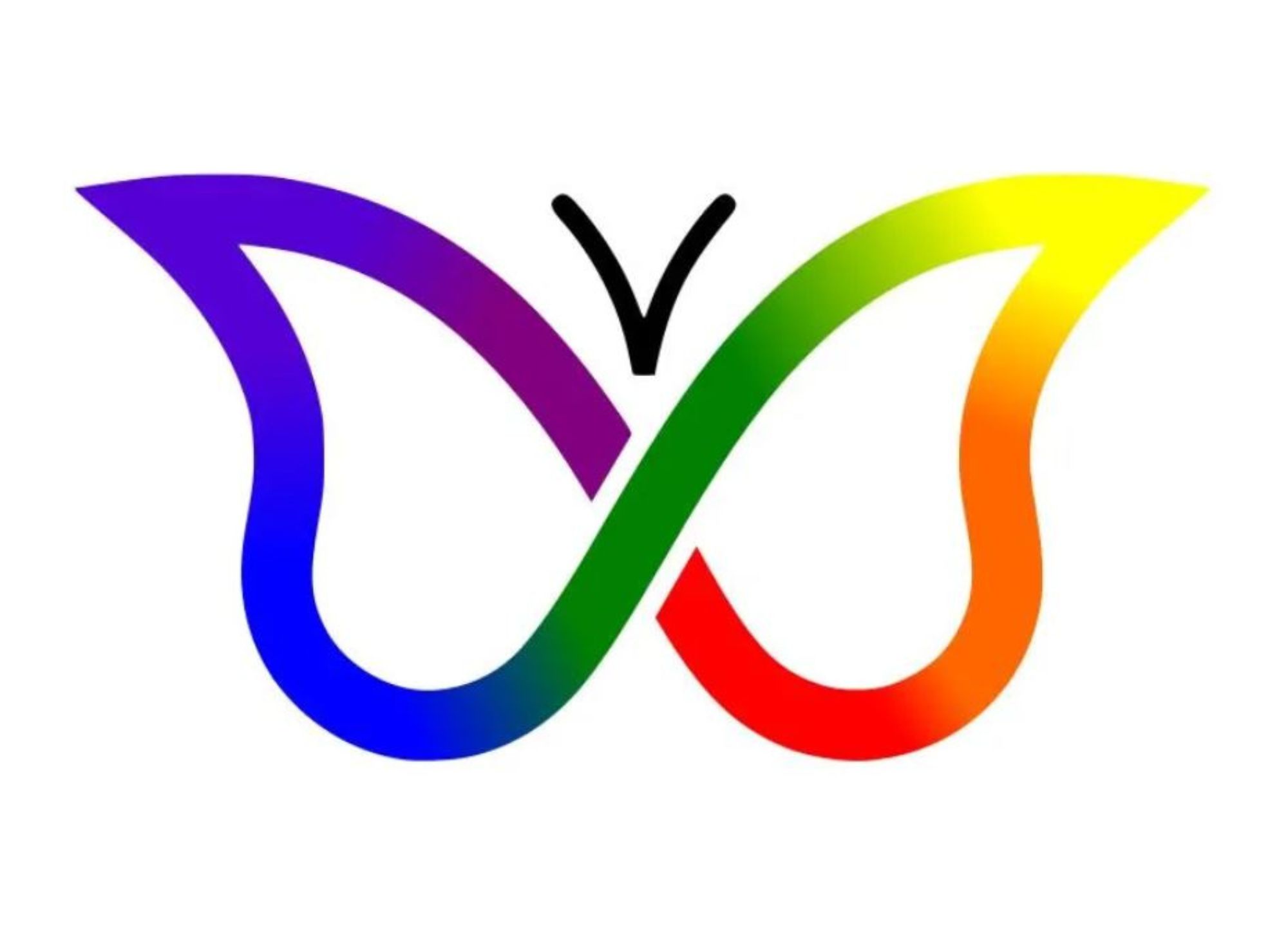By Isabelle Norconk, Professional Counselor Associate
The butterfly is the symbol of ADHD. It was created from collaborative conversations amongst those struggling with ADHD and designed by the creator ADHD Grrl. It combines the infinity symbol, created for Autistic individuals by Judy Singer in 1998, which represents infinite potential and possibilities and has become a symbol for neurodivergence; and the butterfly which symbolizes the unique flittery way the ADHD brain works.
October heralds the arrival of autumn, bringing cooler weather and a variety of important observances, including Breast Cancer Awareness Month and Indigenous Peoples’ Day. For many, it also marks the start of the spooky season, filled with decorations and preparations for Halloween. It is also, lesser-known as, ADHD Awareness Month! This month serves as an important reminder to shine a light on Attention-Deficit/Hyperactivity Disorder (ADHD), an often misunderstood neurodivergent condition that impacts millions of individuals across all age groups. ADHD awareness month encourages us to have open conversations about the condition, dispelling myths and misconceptions. It’s a common belief that individuals with ADHD simply lack willpower or discipline. In reality, ADHD is a neurodevelopmental disorder rooted in brain chemistry. Bringing awareness is vital for reducing stigma, promoting empathy, and increasing accessibility for those with ADHD.
According to the CDC, ADHD affects over 7 million (11%) of children and 8 million (4.4%) of adults in the U.S.
The age of onset is usually around age 7 but there has been a recent increase in adults seeking late diagnosis. While ADHD is often characterized by symptoms of executive dysfunction such as inattention, hyperactivity, and impulsivity, these traits can manifest differently depending on age, gender, and life experience. ADHD can also present with, and is impacted by, co-occuring mental health conditions such as: anxiety, depression, learning disabilities, and developmental delays. For example, in children boys are often over-diagnosed due to observable hyperactivity, whereas girls go underdiagnosed as they are less likely to present with hyperactivity and more often struggle with inattentiveness in the form of daydreaming or forgetfulness. These stereotypes can negatively impact the likelihood of an accurate diagnosis and prevent access to care for children struggling to navigate ADHD symptoms and the difficult transitions of growing up. Another misconception is that ADHD does not persist into adulthood, but recent studies have shown that roughly 60% of children diagnosed with ADHD, using the DSM-IV criteria, continue to experience symptoms into adulthood. That number increases as we consider those who went undiagnosed as children, especially girls. Adults struggling with ADHD can experience significant negative impacts to daily functioning, relationships, and self-esteem. Recognizing the signs and understanding the challenges faced by those with ADHD is crucial for seeking support and resources to manage symptoms.
Recognizing the signs and understanding the challenges faced by those with ADHD is crucial for seeking support and resources to manage symptoms.
As we celebrate ADHD Awareness Month, let’s also embrace the idea of neurodiversity. Recognizing that each brain works differently helps us appreciate the variety of perspectives and approaches that individuals with ADHD bring to the table. Their unique way of processing the world can lead to innovative ideas and creative solutions. It is important to acknowledge the impact living with ADHD can have, but by fostering understanding and support, we can create an inclusive environment where everyone can thrive. Whether you’re living with ADHD or supporting someone who is, remember that you are not alone—and together, we can make a difference. Inclusivity supports everyone.
Tips for Support
- Educate Yourself: Understanding ADHD can help you better support yourself or others. Familiarize yourself with its symptoms and challenges.
- Practice Patience: People with ADHD may struggle with focus and organization. Those with ADHD can practice patience with themselves and those without can provide support by offering patience.
- Encourage Strengths: Those with ADHD often have unique strengths, such as creativity and problem-solving skills. Highlight these attributes to build self-confidence and resilience.
- Create Structure: For individuals with ADHD, structure can provide a sense of stability. Set up your own, or ask for help to set up, routines and tools like calendars and reminders to aid in organization.
- Advocate for Resources: There are resources out there! Whether you’re a parent, friend, educator, or individual with ADHD, advocating for access to resources and support systems is essential. This can include therapy, ADHD coaching, medication, and educational/work accommodations.
Sources
https://www.nimh.nih.gov/health/statistics/attention-deficit-hyperactivity-disorder-adhd





